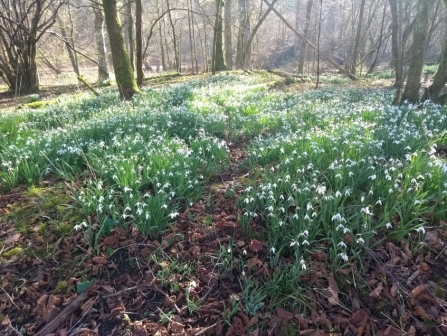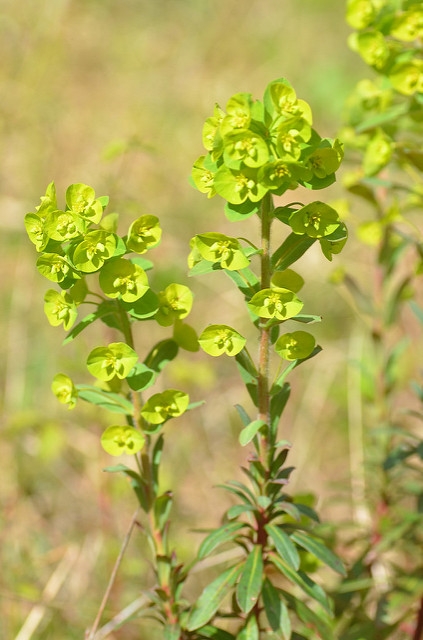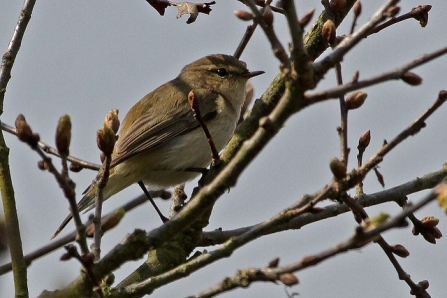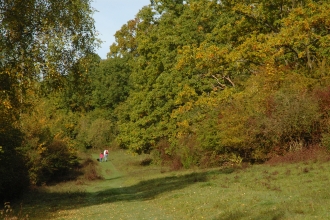Since February, colourful signs of spring have been popping up all over Warburg Nature Reserve, nestled in the Chilterns near Nettlebed.
First, the green hellebores (Helleborus viridis) made an appearance along the track. A count of these by one of our volunteers recorded over a thousand in one patch alone!




